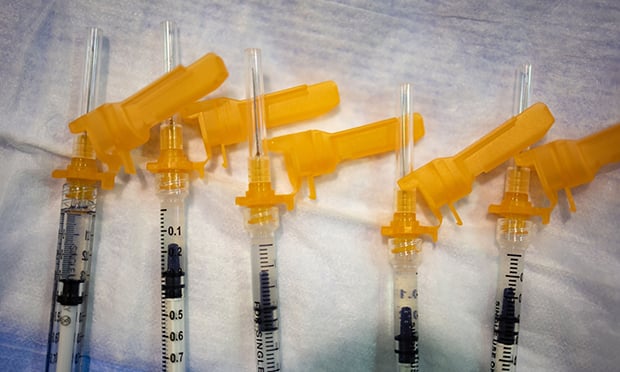 For the vaccine-hesitant, confirmation bias has led to doubt that vaccines are effective and safe, or worse–a belief that they are ineffective and unsafe.
For the vaccine-hesitant, confirmation bias has led to doubt that vaccines are effective and safe, or worse–a belief that they are ineffective and unsafe.
Data and research continue to offer indisputable evidence that vaccines are effective and safe. A recent study in South Africa of more than 1 million people found that the unvaccinated are five times more likely to get infected with COVID-19 and 20 times more likely to die from infection complications. In fact, the reductions in risk from the vaccines are so sharp that it reduces the risk of mortality from the virus to less than that of influenza. In terms of safety, the same study recorded zero vaccine-related deaths and extremely low chances of side effects – almost all of which resolved quickly without treatment. More importantly, it was found that the risk of developing these same side effects was up to 112% more likely from a COVID-19 infection.
Recommended For You
Complete your profile to continue reading and get FREE access to BenefitsPRO, part of your ALM digital membership.
Your access to unlimited BenefitsPRO content isn’t changing.
Once you are an ALM digital member, you’ll receive:
- Breaking benefits news and analysis, on-site and via our newsletters and custom alerts
- Educational webcasts, white papers, and ebooks from industry thought leaders
- Critical converage of the property casualty insurance and financial advisory markets on our other ALM sites, PropertyCasualty360 and ThinkAdvisor
Already have an account? Sign In Now
© 2025 ALM Global, LLC, All Rights Reserved. Request academic re-use from www.copyright.com. All other uses, submit a request to [email protected]. For more information visit Asset & Logo Licensing.








